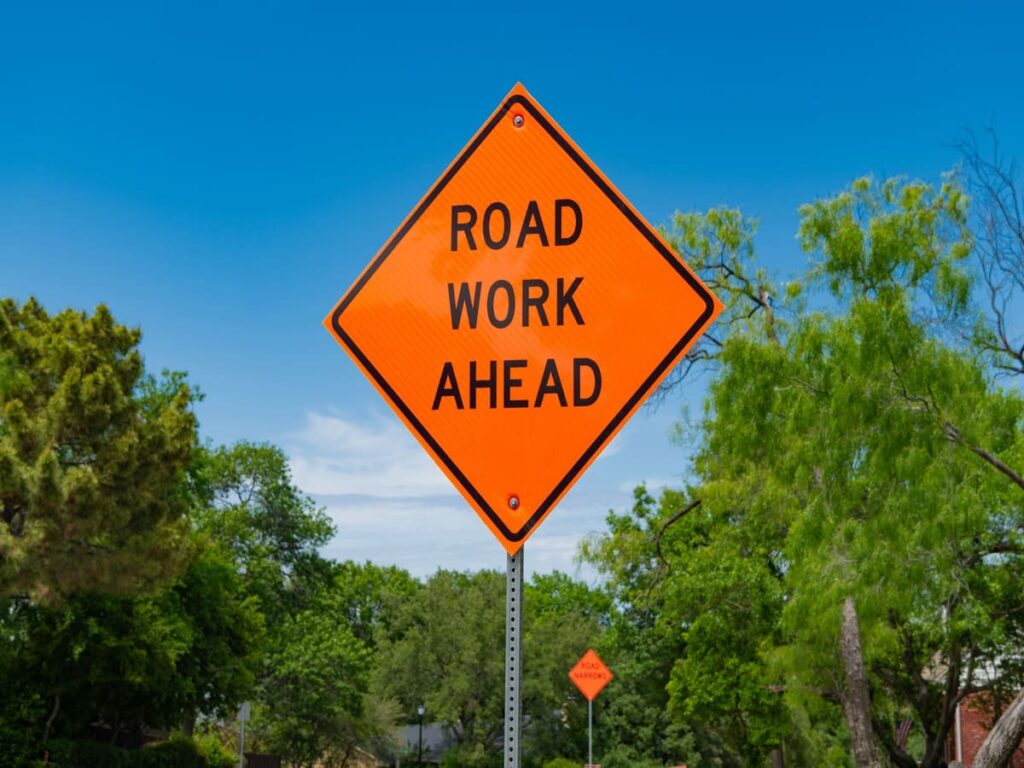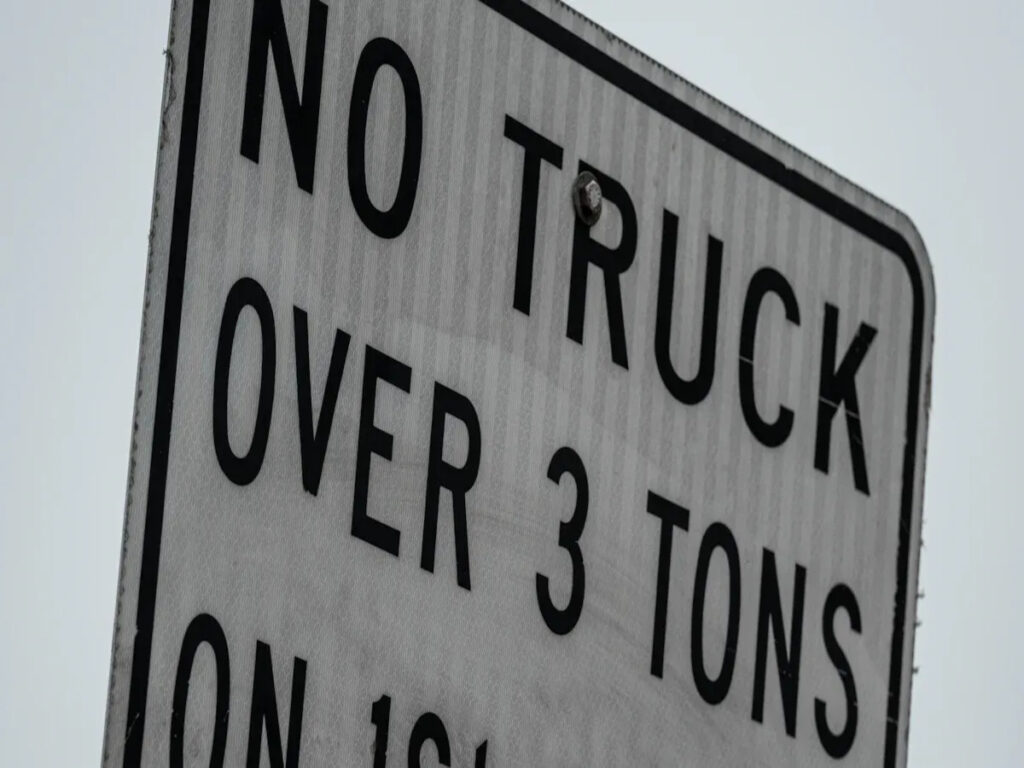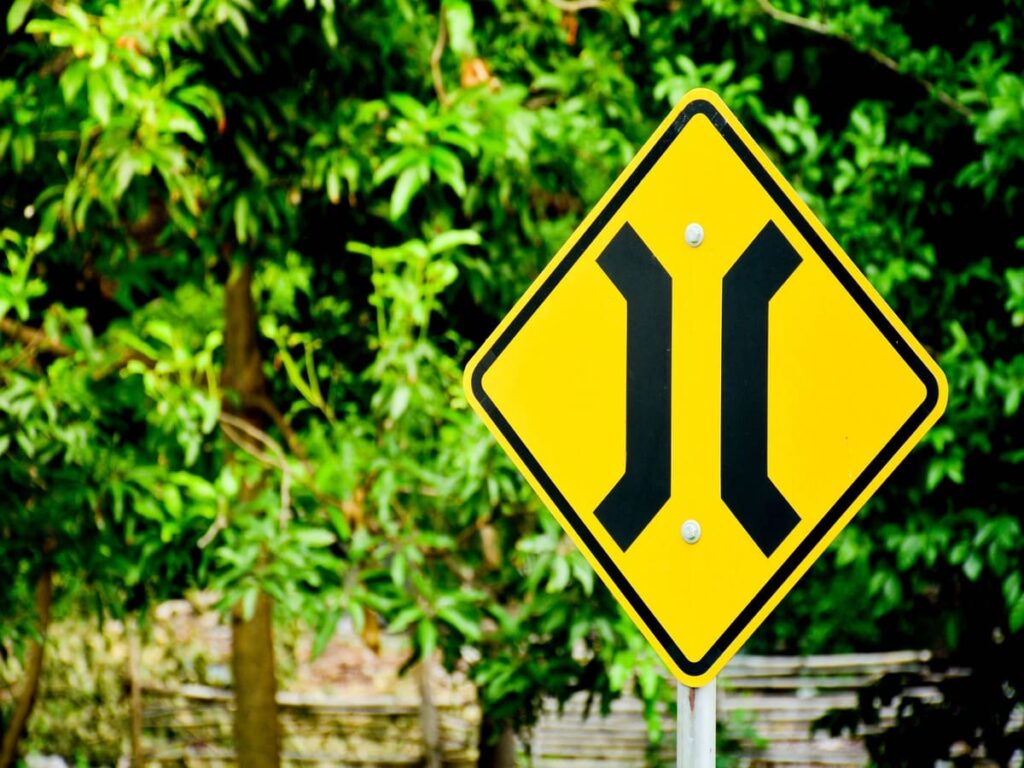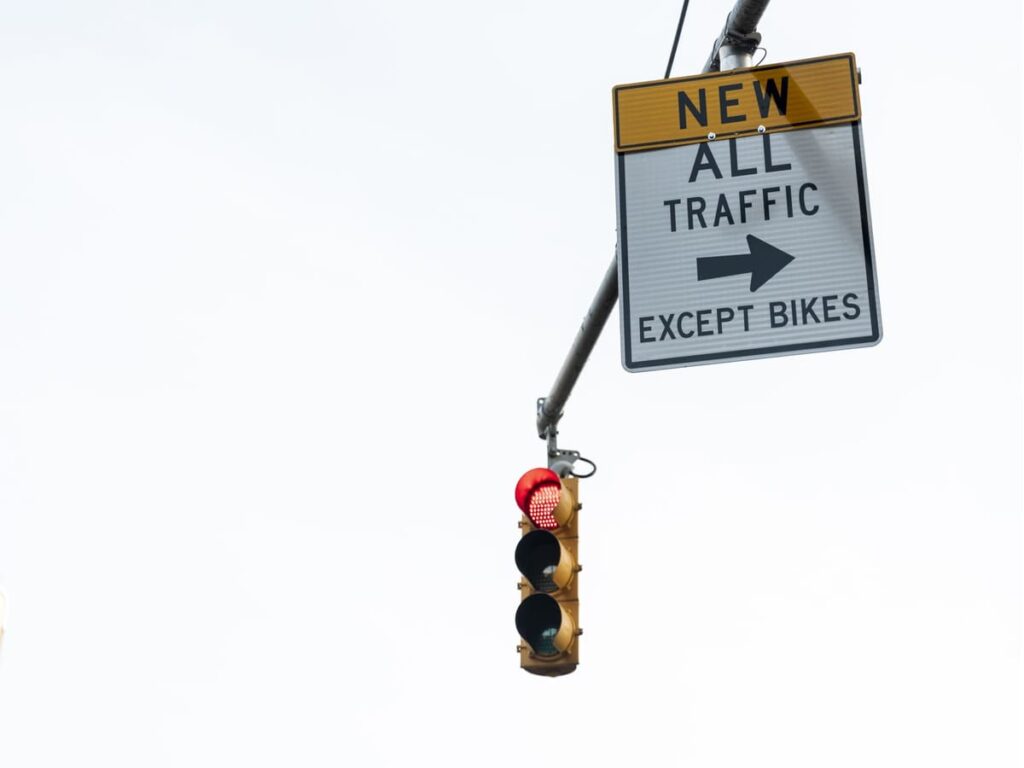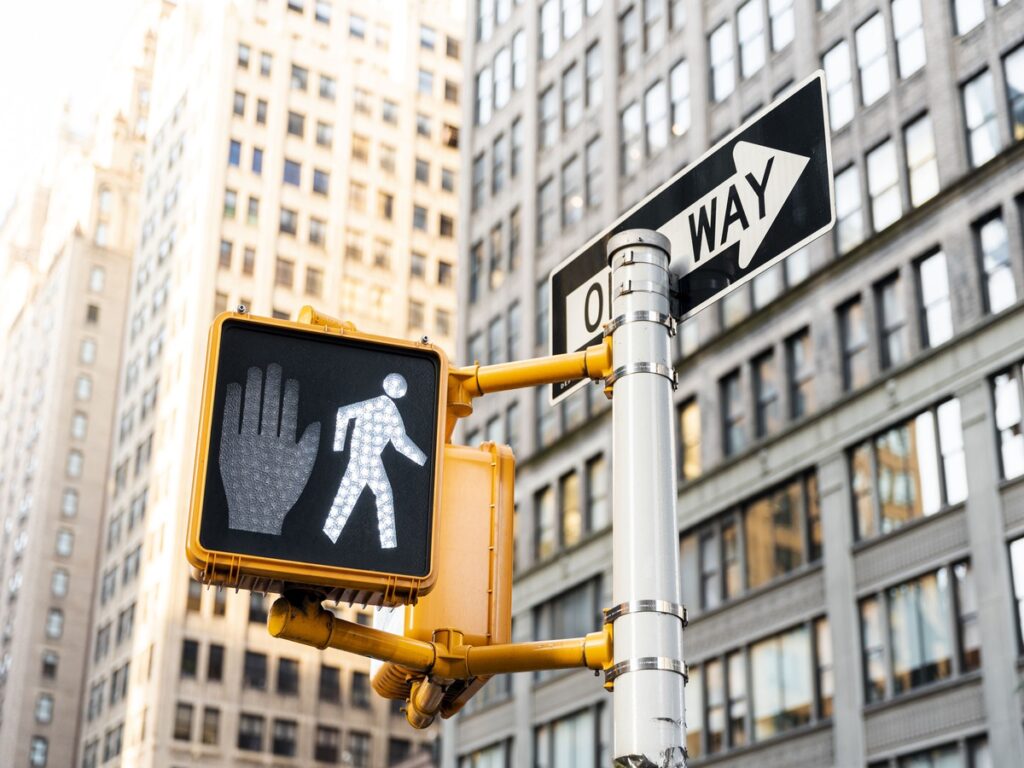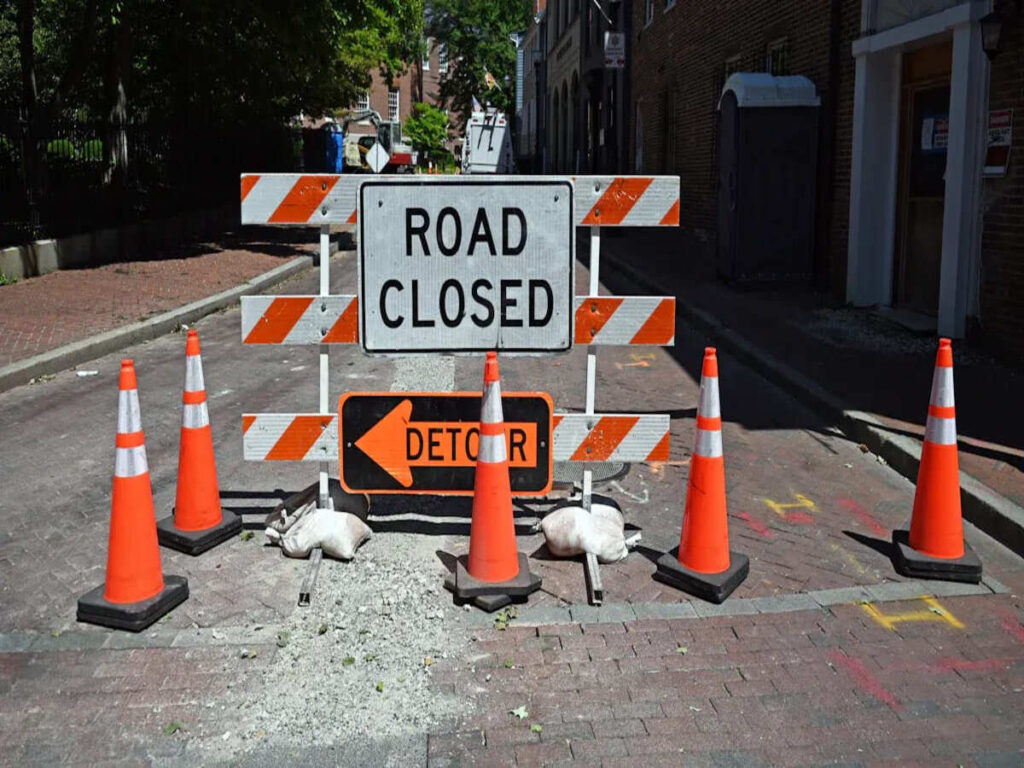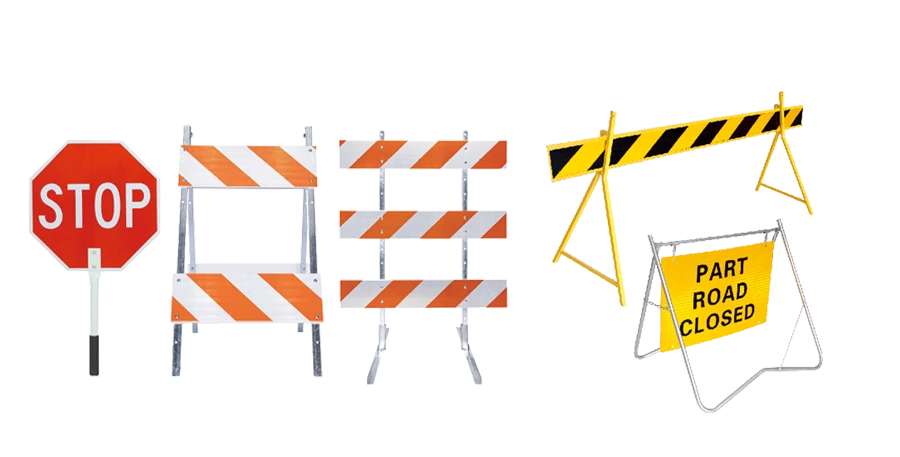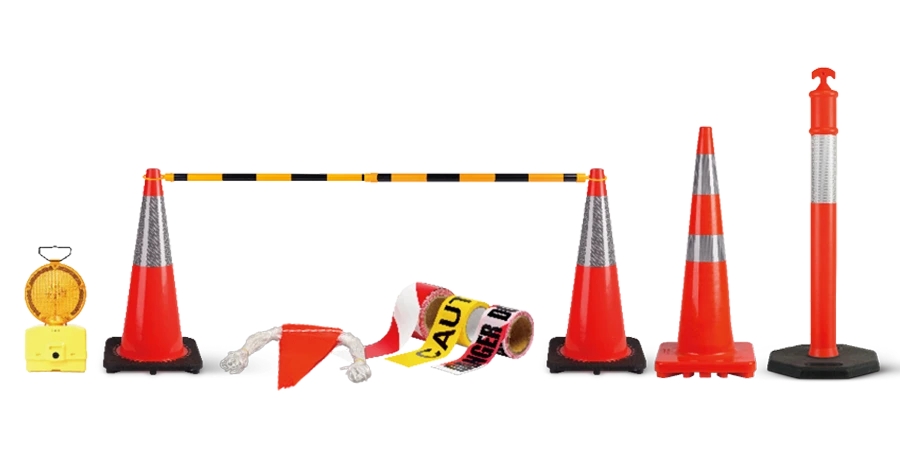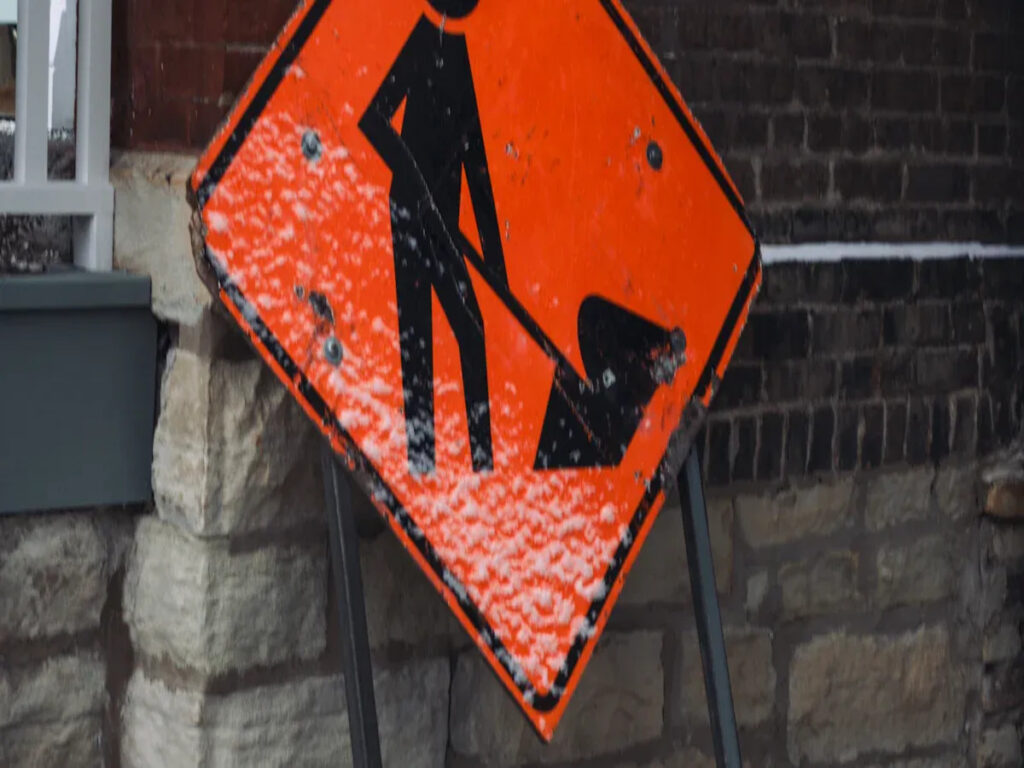
Os sinais duráveis de segurança do trânsito são cruciais para manter a segurança rodoviária. Eles ajudam os motoristas, alertá -los para possíveis perigos, e garantir um fluxo de tráfego suave. Se esses sinais desaparecer ou ficarem danificados, Eles podem levar a confusão e acidentes. Os motoristas dependem de sinais de segurança no trânsito para fornecer informações claras o tempo todo.
This blog will discuss the lifespan of traffic safety signs, the factors that influence their durability, and how to properly care for them. Understanding this information contributes to safer roads and better compliance with regulations.
Takeaways -chave
- Traffic signs are important for keeping roads safe. Regular care keeps them clear and useful.
- Use strong materials like aluminum or steel for durable signs. These materials don’t rust and handle bad weather well.
- Make a plan to check and clean signs twice a year. This finds problems early and keeps signs easy to see.
- Add better reflective coatings to make signs brighter at night. This can lower the number of accidents.
- Fix or replace broken or faded signs quickly. Clear signs stop confusion and help avoid accidents.
Factors That Affect How Long Traffic Signs Last
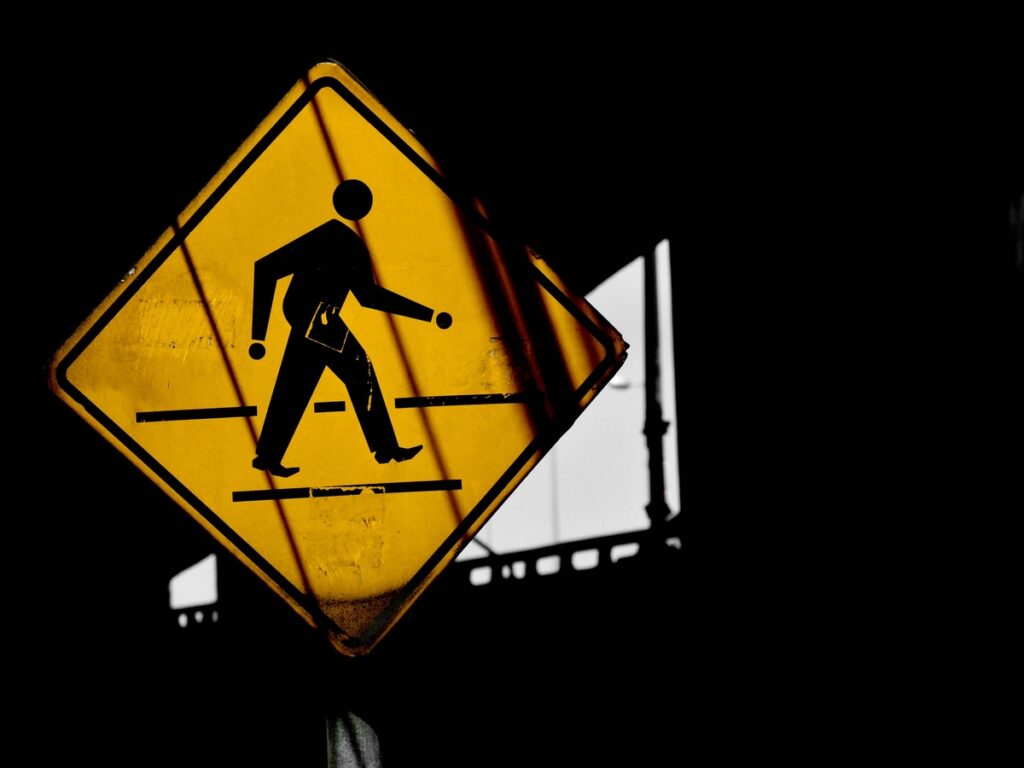
Many things affect how long traffic signs stay useful. Knowing these helps you pick, lugar, and care for signs better.
Sign Materials
The materials used to make traffic signs matter a lot. Good materials help signs survive tough weather and stay useful longer. Por exemplo, aluminum and steel are strong and don’t rust easily. Plastic signs are lighter but may not last as long in bad weather.
Here’s a simple table showing what makes signs last longer:
| Material Feature | O que faz |
|---|---|
| Materiais fortes | Help signs last longer in tough conditions. |
| Weatherproof materials | Protect signs from rain, sol, e mudanças de temperatura. |
| Tough materials | Prevent rust and damage. |
| Revestimentos especiais | Make signs stronger for outdoor use. |
| Careful manufacturing | Stops problems that could make signs fail. |
| High-quality parts | Makes LED signs and frames last longer. |
Picking signs with these features keeps them working well, Mesmo com mau tempo.
OPTRÁFEGO, with years of expertise, fornece durável, weather-resistant traffic safety signs designed to maintain high visibility and functionality, even in the harshest conditions. Their traffic safety signs for sale are crafted using high-quality materials, ensuring long-lasting performance and safety. Businesses looking for reliable signage solutions can contact OPTRAFFIC for products tailored to meet their specific needs.
Clima e meio ambiente
Weather and road conditions can wear out traffic safety signs. Signs in places with extreme weather don’t last as long. Por exemplo:
- Humid air can cause rust and damage LED signs.
- Umidade acima 50% can harm wires and circuits.
- Long exposure to humidity makes LED lights dim and less effective.
Sunlight can fade signs, and snow or ice can break them. Using weatherproof materials and coatings helps signs handle these problems.
Where and How Signs Are Used
Where a sign is placed and how it’s used also matter. Signs on busy roads wear out faster than those on quiet streets. Temporary signs in construction zones can get hit by cars or equipment. Checking and fixing signs often keeps them working and easy to see.
Maintenance and Care
Taking care of traffic safety signs keeps them working well. Following simple steps can make signs last longer and stay clear.
- Create a Maintenance Plan
Make a schedule to check, limpar, and fix signs often. Regular checks find problems like fading or dirt before they get worse. - Use Good Tools and Supplies
Choose top-quality cleaning items and parts for repairs. This keeps signs strong and long-lasting. - Teach Your Team
Train workers to clean and fix signs the right way. Skilled workers do safer and better maintenance. - Keep Records
Write down all checks, fixes, e substituições. Records help track sign condition and follow safety rules. - Work with Experts
Hire professionals for tough repairs or upgrades. They make sure signs are fixed properly. - Watch the Weather
Notice how weather affects your signs. Change your care plan for rain, neve, or strong sunlight. - Use Technology
Try tools or apps to watch how signs are doing. These tools warn you about problems early. - Be Ready for Emergencies
Plan for sudden damage from accidents or bad weather. Quick fixes or replacements keep signs working.
Seguindo estas dicas, signs stay in great shape. Good care makes them last longer and keeps roads safe for drivers.
Quanto tempo duram os sinais de segurança do trânsito?
Lifespan of Different Traffic Safety Signs
Traffic signs are made to last, but their life depends on the type and material. Signs like speed limit signs often use strong materials like aluminum or steel. These materials don’t rust easily and stay useful for many years. Sinais temporários, like those in construction zones, are made of lighter materials like plastic. These are easier to move but wear out faster because of weather.
Here’s how long different sign materials usually last:
| Tipo de material | Vida útil típica |
|---|---|
| Tipo I. | Sobre 7 anos |
| Tipo III | Sobre 10 anos |
| Tipo III (with weather factors) | Sobre 12 anos |
Picking the right material helps signs last longer. In areas with tough weather, use materials with extra coatings or weatherproofing to make them last even more.
Sinais reflexivos e sua vida útil
Reflective signs are important for seeing at night. The shiny materials on these signs help drivers read them in the dark. But over time, luz solar, sujeira, and weather can make them less shiny and harder to see.
Most reflective signs stay bright for 7 para 10 anos, depending on the quality of the material. Better coatings, like prismatic sheeting, can make them last longer. Cleaning and checking them often keeps them shiny and safe for drivers.
If a sign looks dull or hard to read, it’s time to upgrade the reflective material. This keeps the signs clear and helps prevent accidents caused by poor visibility.
How to Take Care of Traffic Safety Signs and Make Them Last Longer
Check and Clean Signs Often
Checking signs often keeps them in good shape. Procure sujeira, desvanecimento, ou dano. Dirt can make signs hard to see, especialmente à noite. Wash signs with mild soap and water to remove dust, bird droppings, or grease. Don’t use strong chemicals that might harm the surface or shiny coating.
Inspect signs at least twice a year. In busy areas or bad weather, Verifique -os com mais frequência. Temporary signs in construction zones need extra care because of equipment and debris. Clean signs stay clear and easy to read.
Fix or Replace Broken Signs
Broken signs can confuse drivers and cause accidents. Verifique se há rachaduras, dentes, or peeling shiny layers. Small scratches can be fixed with repair kits made for signs. Se o dano for ruim, replace the sign right away.
Temporary signs wear out faster. Replace them quickly if they are hard to read or unstable. Always make sure signs are safe and meet rules for visibility.
Improve Reflective Coatings
Shiny coatings help drivers see signs at night. Ao longo do tempo, sunlight and weather make these coatings less shiny. Upgrading to better reflective materials makes signs last longer and work better.
- Microprismatic coatings shine brighter and last longer than older types.
- Products like 3M’s Scotchlite series are strong and resist damage.
- Retroreflective coatings, used in cars, improve how long signs stay effective.
Better reflective coatings keep signs bright and safe. This helps prevent accidents and improves road safety.
When Should You Replace Traffic Safety Signs?
Knowing When to Replace Signs
Traffic signs are important for keeping roads safe. Ao longo do tempo, they can wear out and stop working well. Replace a sign if it’s damaged or hard to read. Watch for signs of aging like faded colors, peeling shiny layers, or cracks and dents. A faded sign can confuse drivers and cause accidents.
Sinais temporários, like those in construction zones, wear out faster. They can become unstable or hard to see because of frequent use or bad weather. Checking signs often helps you find problems early. If a sign doesn’t meet visibility rules, replacing it keeps roads safe and legal.
Timing and Following Rules
Replacing traffic signs on time is key for safety and following rules. Regulations tell you when to replace signs. Por exemplo, o Administração Federal de Rodovias (Fhwa) says traffic safety signs must stay reflective. There’s no set replacement date, but agencies must check and manage reflectivity often.
Here’s a table with important dates and rules:
| Data | O que fazer | Notas |
|---|---|---|
| Janeiro 22, 2015 | Replace bad signs | Extension suggested to 2018 |
| Janeiro 22, 2018 | Replace bad signs | Extension suggested to 2021 |
| Ongoing | Keep signs reflective | Agencies must check and manage reflectivity levels |
Following these rules keeps traffic safety signs useful and legal. Regular checks help you replace traffic safety signs before they become unsafe. Staying ahead avoids fines and ensures drivers see clear traffic safety signs on the road.
Benefits of Regularly Updating Traffic Safety Signs
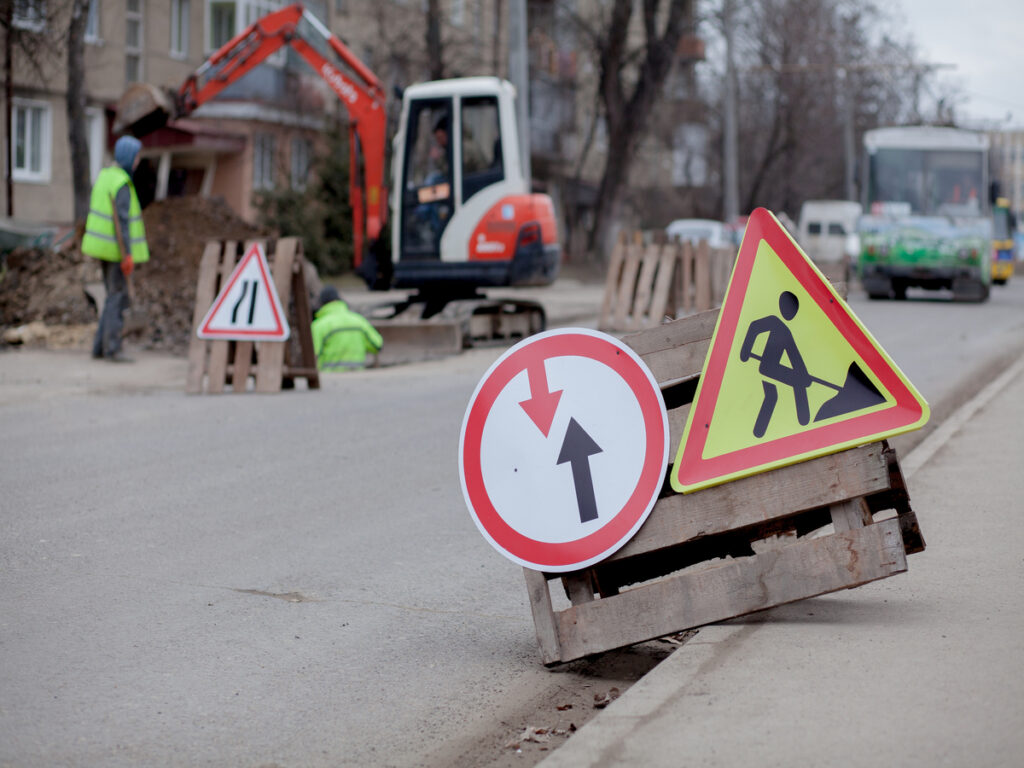
Better Safety and Following Rules
Updating traffic signs often keeps them safe and up-to-date. Old or broken signs can confuse drivers and cause accidents. Replacing damaged signs helps drivers understand the road better. Por exemplo, reflective signs are easier to see at night or in bad weather. Studies show that making Chevron signs 65.26% more reflective increases brightness by 286% no 225 metros. This helps drivers see clearly and make safer choices, especialmente no escuro.
Smart signs also improve safety by giving real-time updates. These signs show speed limits or warn about bad weather. Speed sensors alert drivers who go too fast, helping reduce speeding accidents. Smart signs can also manage lanes to reduce traffic jams and sudden lane changes. Adding these features keeps roads safer and meets modern safety rules.
Clearer Signs and Fewer Accidents
Upgrading traffic signs makes them easier to see and lowers accidents. Reflective materials like prismatic coatings help signs stand out at night or in bad weather. Research shows that better retroreflectivity reduces nighttime crashes. A Administração Federal de Rodovias (Fhwa) has set rules for how bright signs should be at night.
High visibility enforcement (HVE) also shows why clear signs are important. HVE focuses on stopping unsafe actions like texting while driving or not wearing seat belts. The NHTSA says HVE lowers accidents by promoting safer habits. Por exemplo, wearing a seat belt cuts the chance of dying in a crash by 45%. Brilhante, clear signs remind drivers to follow these safety rules, saving lives.
Temporary zones, like construction areas, need updated signs too. Reflective and clear signs guide drivers through these zones safely, evitando confusão e travamentos.
Traffic safety signs are important for keeping roads safe. How long they last depends on their materials, clima, e cuidado. Taking care of signs and replacing them when needed helps prevent accidents and keeps roads safer. Knowing how durable they are helps you make smart choices for road safety.
Dica: Comprando forte, high-quality traffic signs saves money and improves safety over time.
Perguntas frequentes
What material lasts the longest for traffic signs?
Aluminum is the strongest material for traffic signs. Não enferruja, lida com o mau tempo, and lasts longer than plastic or steel. Using aluminum keeps signs working well for many years, Mesmo em condições difíceis.
How often should traffic signs be checked?
Check traffic signs at least two times a year. In busy areas or places with bad weather, Verifique -os com mais frequência. Verificações regulares ajudam a encontrar danos, desvanecimento, or dirt early, Mantendo os sinais claros e úteis.
Can you fix reflective coatings on signs?
Sim, small damage to reflective coatings can be fixed with special kits. But if the coating is very faded or peeling, it’s better to replace the sign or upgrade the reflective material to keep it bright and safe.
How long do reflective traffic signs usually last?
Reflective traffic signs last about 7 para 10 anos. Their lifespan depends on the material quality and exposure to sunlight, clima, e sujeira. Cleaning and taking care of them often helps them last longer.
Why should faded traffic signs be replaced?
Faded signs are hard to see and confuse drivers, que pode causar acidentes. Replacing them keeps roads safe and follows safety rules. Claro, bright signs help everyone drive safely.

